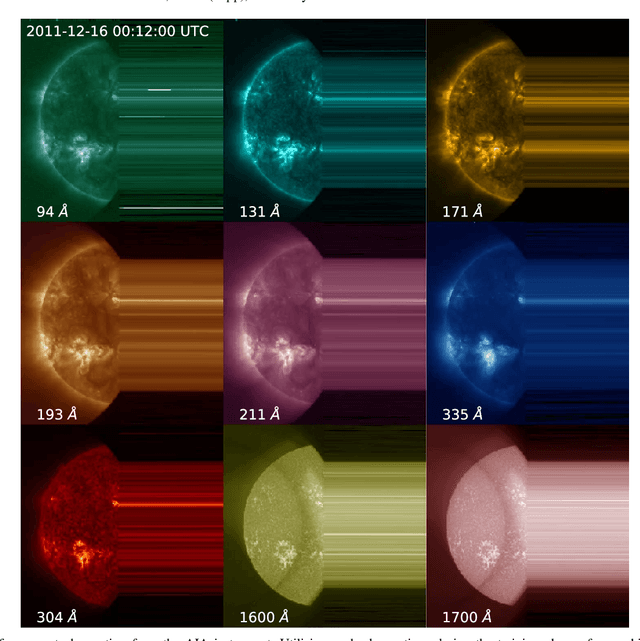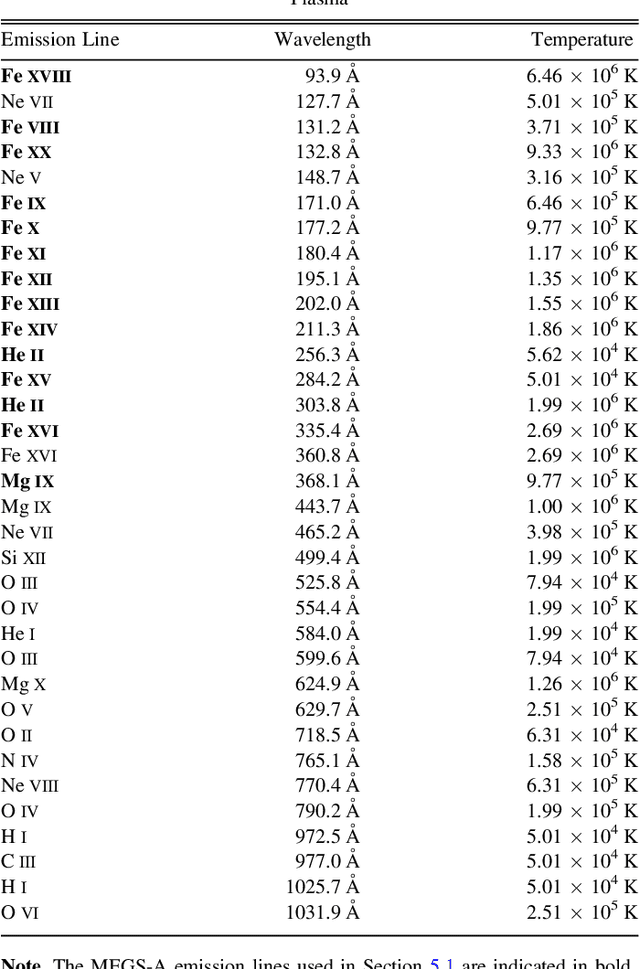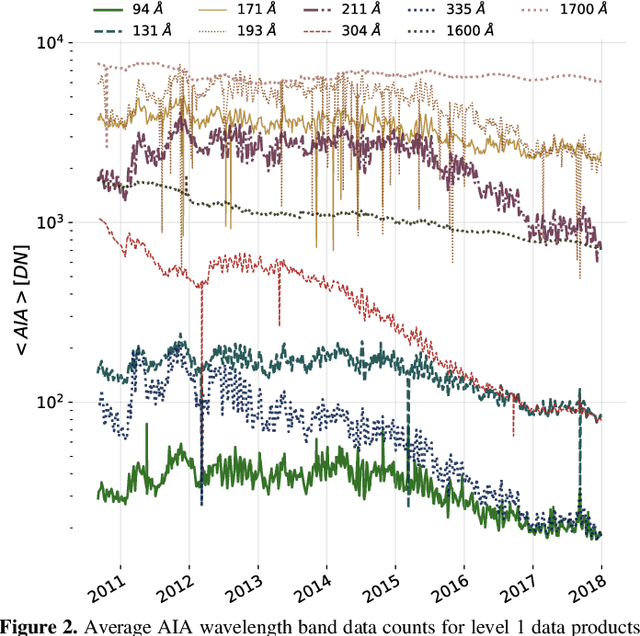Rajat Thomas
Benchmarking Graph Neural Networks for FMRI analysis
Nov 16, 2022Abstract:Graph Neural Networks (GNNs) have emerged as a powerful tool to learn from graph-structured data. A paramount example of such data is the brain, which operates as a network, from the micro-scale of neurons, to the macro-scale of regions. This organization deemed GNNs a natural tool of choice to model brain activity, and have consequently attracted a lot of attention in the neuroimaging community. Yet, the advantage of adopting these models over conventional methods has not yet been assessed in a systematic way to gauge if GNNs are capable of leveraging the underlying structure of the data to improve learning. In this work, we study and evaluate the performance of five popular GNN architectures in diagnosing major depression disorder and autism spectrum disorder in two multi-site clinical datasets, and sex classification on the UKBioBank, from functional brain scans under a general uniform framework. Our results show that GNNs fail to outperform kernel-based and structure-agnostic deep learning models, in which 1D CNNs outperform the other methods in all scenarios. We highlight that creating optimal graph structures for functional brain data is a major bottleneck hindering the performance of GNNs, where existing works use arbitrary measures to define the edges resulting in noisy graphs. We therefore propose to integrate graph diffusion into existing architectures and show that it can alleviate this problem and improve their performance. Our results call for increased moderation and rigorous validation when evaluating graph methods and advocate for more data-centeric approaches in developing GNNs for functional neuroimaging applications.
A Machine Learning Dataset Prepared From the NASA Solar Dynamics Observatory Mission
Mar 11, 2019



Abstract:In this paper we present a curated dataset from the NASA Solar Dynamics Observatory (SDO) mission in a format suitable for machine learning research. Beginning from level 1 scientific products we have processed various instrumental corrections, downsampled to manageable spatial and temporal resolutions, and synchronized observations spatially and temporally. We illustrate the use of this dataset with two example applications: forecasting future EVE irradiance from present EVE irradiance and translating HMI observations into AIA observations. For each application we provide metrics and baselines for future model comparison. We anticipate this curated dataset will facilitate machine learning research in heliophysics and the physical sciences generally, increasing the scientific return of the SDO mission. This work is a direct result of the 2018 NASA Frontier Development Laboratory Program. Please see the appendix for access to the dataset.
 Add to Chrome
Add to Chrome Add to Firefox
Add to Firefox Add to Edge
Add to Edge